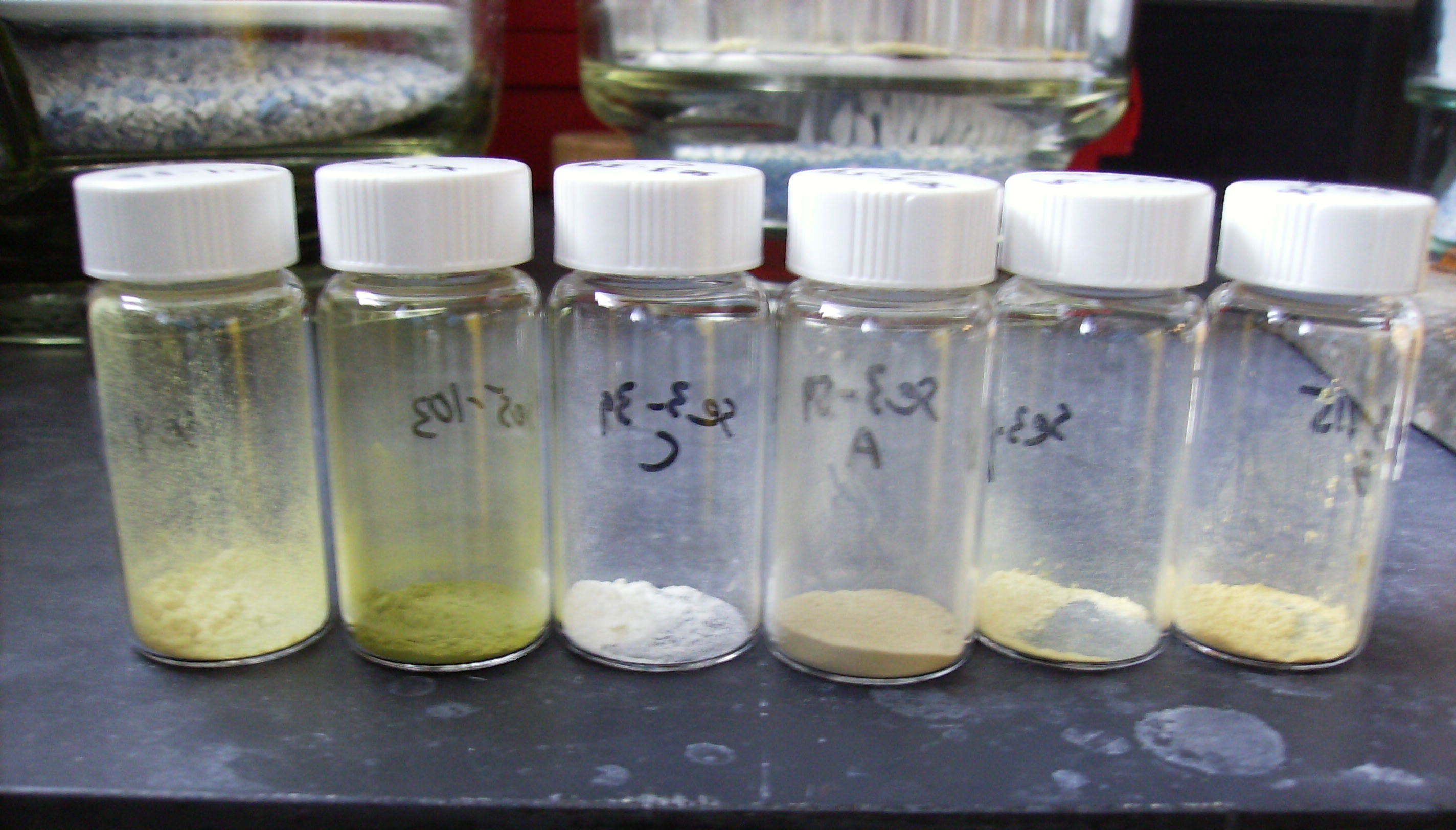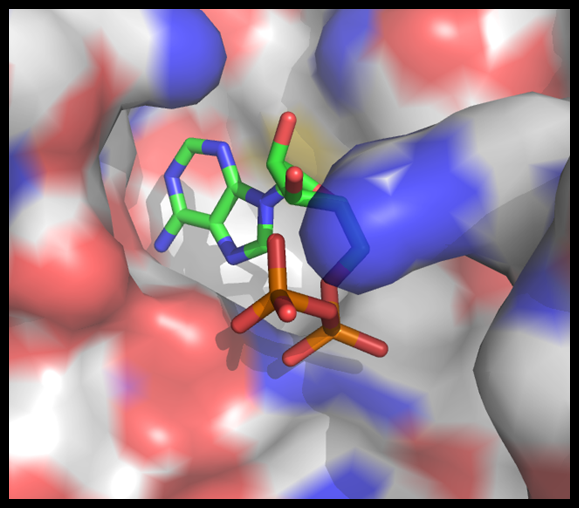Synthetic Organic
Chemistry
 The
majority of our time is spent synthesizing new drugs.
Students are involved in all aspects of synthesis, including
reaction design, kinetics, and purification. Often
times, we will try to synthesize molecules that have never
been made before. In these circumstances, we will try
to develop new methods and/or improve upon existing methods
for similar compounds. If we discover a new synthetic
procedure with advantages over current methodologies, we
publish our findings in peer-reviewed chemistry journals.
The
majority of our time is spent synthesizing new drugs.
Students are involved in all aspects of synthesis, including
reaction design, kinetics, and purification. Often
times, we will try to synthesize molecules that have never
been made before. In these circumstances, we will try
to develop new methods and/or improve upon existing methods
for similar compounds. If we discover a new synthetic
procedure with advantages over current methodologies, we
publish our findings in peer-reviewed chemistry journals.
Structure-Activity
Relationship (SAR)
 Our
lab attempts to synthesize receptor
antagonists called ligands
that target critical disease proteins.
In theory, if you can knock out an essential protein, the
pathogen dies. By targeting proteins belonging to an
invading pathogen, we try to avoid hitting
human proteins, which could cause unwanted side
effects. Targeting essential proteins also helps
reduce the ability of the pathogen to evolve
resistance. Most protein-ligand complexes can be
thought of as a "lock and key" model, where the small
molecules we build are the "keys" and our target is the
active site of the enzyme, or the "lock." If we can
design a molecule that binds strongly to the active site of
the protein, it stops functioning--much like breaking a key
off in a lock prevents you from being able to open a
door. To achieve this, we need to know
what shape the key should be. In medicinal chemistry,
this is called the structure-activity relationship. We
can determine the shape of the protein active site either by
using a known crystal structure, or we can build a protein
structure based on the genetic code of the protein (called a
homology
model). A video of the structure
of example protein active sites and the development of drug
ligands can be seen here.
Additionally, we try to select & design molecules that
are:
Our
lab attempts to synthesize receptor
antagonists called ligands
that target critical disease proteins.
In theory, if you can knock out an essential protein, the
pathogen dies. By targeting proteins belonging to an
invading pathogen, we try to avoid hitting
human proteins, which could cause unwanted side
effects. Targeting essential proteins also helps
reduce the ability of the pathogen to evolve
resistance. Most protein-ligand complexes can be
thought of as a "lock and key" model, where the small
molecules we build are the "keys" and our target is the
active site of the enzyme, or the "lock." If we can
design a molecule that binds strongly to the active site of
the protein, it stops functioning--much like breaking a key
off in a lock prevents you from being able to open a
door. To achieve this, we need to know
what shape the key should be. In medicinal chemistry,
this is called the structure-activity relationship. We
can determine the shape of the protein active site either by
using a known crystal structure, or we can build a protein
structure based on the genetic code of the protein (called a
homology
model). A video of the structure
of example protein active sites and the development of drug
ligands can be seen here.
Additionally, we try to select & design molecules that
are:
- Low molecular weight
- Resistant to enzymatic digestion
- Biologically relevant
- Amenable to oral delivery
Computational
Docking Simulations
